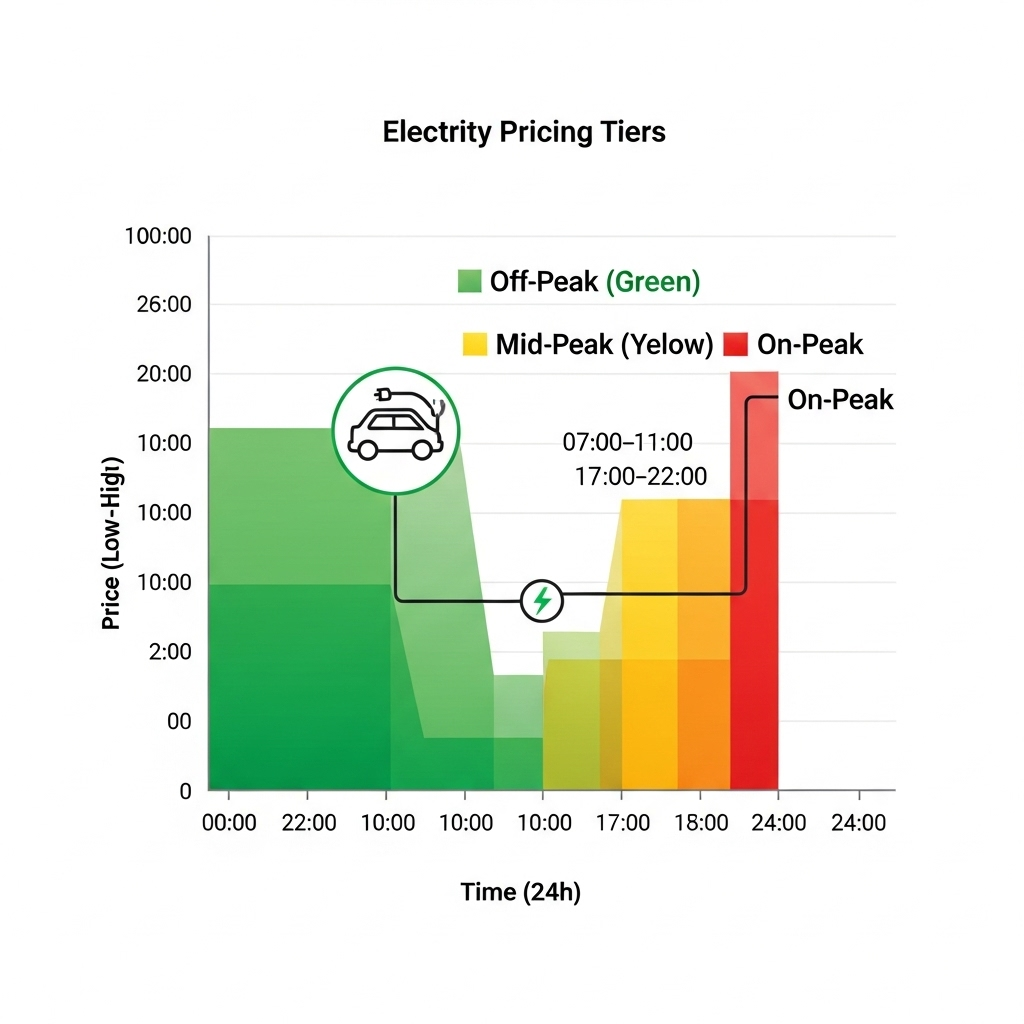In the solar industry, financial strategy extends far beyond balance sheets and quarterly reports. Global policies and international initiatives directly influence project viability, supply chain costs, and investment returns. For a Chief Financial Officer (CFO), tracking these developments is not just about compliance; it is about strategic foresight. Understanding the trajectory of global energy policy allows you to anticipate market shifts, manage risks, and unlock new avenues for growth and profitability.
Navigating this landscape requires a proactive approach. This article outlines seven critical international initiatives that every solar CFO should have on their radar. These programs are reshaping the financial dynamics of solar and energy storage worldwide.
The US Inflation Reduction Act (IRA)
The Inflation Reduction Act represents one of the most significant policy shifts in the American energy sector. Its impact is felt globally, influencing investment decisions and supply chain logistics far beyond US borders.
Tax Credits for Solar and Storage
The IRA extends and expands key tax credits, including the Investment Tax Credit (ITC) and Production Tax Credit (PTC). Crucially, it introduces a standalone ITC for energy storage systems, such as those using high-performance lithium batteries. This decouples storage from solar generation for incentive purposes, creating new financial models for grid stability and energy management projects. For a CFO, this means re-evaluating the ROI on projects that incorporate integrated energy storage systems (ESS).
Reshoring and Supply Chain Implications
A central aim of the IRA is to bolster domestic manufacturing. It provides substantial incentives for producing solar components and batteries within the United States. As the World Energy Investment 2023 report by the International Energy Agency (IEA) highlights, these policies are already influencing investment plans. This shift affects global procurement strategies, potentially altering the cost and availability of materials like LiFePO4 batteries and solar inverters.
The European Union's REPowerEU Plan
In response to energy security concerns, the EU launched the REPowerEU plan. This ambitious strategy aims to rapidly reduce dependence on fossil fuels and accelerate the green transition, presenting both challenges and opportunities for solar financiers.
Accelerated Permitting and Targets
REPowerEU sets a new target of 45% renewable energy in the EU's mix by 2030. A key component is the fast-tracking of permitting processes for renewable projects, which have historically been a major bottleneck. Data from the IEA shows significant capacity awaiting permits in major European markets. A reduction in these wait times can dramatically improve project timelines and internal rates of return (IRR).
Net-Zero Industry Act
Complementing REPowerEU, the proposed Net-Zero Industry Act aims to scale up manufacturing of clean technologies in the EU. This includes solar PV and battery technologies. For a CFO, this signals a long-term move toward a more localized European supply chain, which could impact pricing and sourcing for everything from solar panels to complete off-grid solar solutions.
China's 14th Five-Year Plan
China's role in the global solar market remains pivotal. Its national policies have an outsized effect on supply chains, technology development, and pricing worldwide.
Domestic Targets and Global Supply
The 14th Five-Year Plan (2021-2025) targets renewables to account for 33% of power consumption by 2025. This massive domestic demand drives economies of scale in manufacturing, influencing the global cost of solar panels and lithium batteries. Financial models for solar projects anywhere in the world must account for the pricing trends set by Chinese manufacturers.
Investment in Technology
The plan also prioritizes technological innovation in renewables and energy storage. This continued investment ensures a steady stream of more efficient and cost-effective products. Keeping an eye on these advancements is crucial for long-term capital planning and technology procurement.
India's Production-Linked Incentive (PLI) Scheme
India is actively working to build its domestic renewable energy manufacturing capabilities. The PLI scheme is a cornerstone of this industrial strategy.
Boosting Local Manufacturing
The PLI scheme is designed to attract investment in high-efficiency solar PV module and battery manufacturing. The government has set ambitious goals, including adding 40 GW of solar PV and 50 GWh of battery manufacturing capacity. This initiative aims to reduce reliance on imports and establish India as a new manufacturing hub.
Financial and Partnership Opportunities
For international companies, India's PLI scheme can present opportunities for joint ventures and strategic partnerships. For CFOs, it introduces a new dynamic in the global supply chain, potentially offering an alternative to traditional manufacturing regions and influencing future procurement costs.
Just Energy Transition Partnerships (JETPs)
JETPs are a newer model of international cooperation designed to help emerging economies transition from coal to clean energy. They are backed by international financial institutions (IFIs) and developed nations.
Unlocking New Markets
Indonesia's JETP is a prominent example, with an initial funding of USD 20 billion to help the country reach at least 34% renewable power generation by 2030. These partnerships unlock significant capital for solar and storage projects in markets that were previously considered high-risk. They offer a structured framework for investment in utility-scale and distributed energy, including off-grid solar solutions for remote areas.
Navigating Financial Mechanisms
JETPs often involve blended finance, combining public and private capital to de-risk investments. CFOs exploring these markets must become adept at navigating the requirements of development banks and multilateral funds, which can differ significantly from traditional project financing.
International Renewable Energy Agency (IRENA) Frameworks
IRENA serves as a global hub for knowledge and cooperation in the renewable energy sector. Its work provides invaluable resources for strategic financial planning.
Policy and Financial Knowledge
As described in publications like the Offshore wind energy: Patent insight report, IRENA is a repository of policy, technology, and financial knowledge. The agency's analysis helps standardize approaches to renewable energy deployment, which can lower transaction costs and reduce investment risks. CFOs can leverage IRENA's data and policy briefs to conduct market analysis and benchmark project performance.
Driving International Cooperation
IRENA's platforms facilitate dialogue between countries, helping to align regulations and standards. This harmonization is critical for companies operating across multiple jurisdictions, as it simplifies compliance and makes cross-border investments more predictable.
International Energy Agency (IEA) Roadmaps
The IEA provides authoritative data and analysis on global energy trends. Its reports are essential reading for any finance executive in the energy sector.
Tracking Investment and Cost Trends
The IEA's publications, such as its technology roadmaps and investment reports, offer a clear view of the global energy landscape. For instance, their Technology Roadmap for Concentrating Solar Power provides a long-term vision that helps inform strategic capital allocation. Tracking metrics like the Levelized Cost of Electricity (LCOE) is fundamental. As costs fluctuate, so does project profitability. Understanding these trends is key to accurate financial forecasting.
Connecting Performance to Financials
The profitability of a solar asset is directly linked to its real-world output. Tax incentives and power purchase agreements depend on reliable energy generation. Therefore, understanding the metrics that define system health is a financial necessity. The ultimate reference for solar and storage performance provides a deep look into these critical indicators, helping connect technical performance to financial outcomes.
| Initiative | Primary Region | Key Financial Implication | Focus Area |
|---|---|---|---|
| Inflation Reduction Act (IRA) | United States | Tax credits for storage, supply chain shifts | Solar + Battery Storage |
| REPowerEU | European Union | Faster project deployment, local manufacturing | Permitting & Supply Chain |
| China's 14th Five-Year Plan | China | Global component pricing, technology trends | Manufacturing Scale |
| PLI Scheme | India | New manufacturing hub, partnership opportunities | Domestic Production |
| JETPs | Emerging Economies | De-risked investment in new markets | Blended Finance |
| IRENA Frameworks | Global | Standardization, market intelligence | Policy & Data |
| IEA Roadmaps | Global | LCOE trends, long-term strategic outlook | Investment Analysis |
Strategic Foresight in a Dynamic Market
The global solar landscape is in constant motion, shaped by the interplay of technology, finance, and policy. For a solar CFO, staying informed about these international initiatives is a core component of strategic financial management. By actively tracking these developments, you can better anticipate market shifts, optimize investment strategies, and guide your organization toward sustainable growth and enhanced energy independence. The ability to translate policy into financial strategy is what separates a good CFO from a great one in this dynamic industry.
Disclaimer: This article is for informational purposes only and does not constitute financial or legal advice. Please consult with a qualified professional before making any investment decisions.
Frequently Asked Questions
How do these international initiatives directly affect the Levelized Cost of Electricity (LCOE) for new solar projects?
Initiatives like the US IRA lower LCOE by providing direct tax credits for capital costs and production. Policies like REPowerEU can reduce LCOE by shortening permitting times, which cuts down on development overhead and financing costs. Conversely, a push for localized supply chains could temporarily increase component costs, potentially raising the LCOE until local manufacturing achieves scale.
What is the most effective way for a finance team to track these evolving global policies?
A multi-pronged approach is best. Subscribe to newsletters and reports from key organizations like the IEA and IRENA. Assign team members to monitor specific regions or policy types. Utilize specialized policy tracking software or services. Finally, participate in industry conferences and webinars where policymakers and experts often share the latest updates and insights.
How do these policies specifically impact investment in battery energy storage systems (BESS)?
Many of these initiatives now explicitly support energy storage. The IRA's standalone storage tax credit is a prime example, making BESS projects financially viable on their own. In Europe and Asia, the push for grid stability to support high renewable penetration creates strong market demand for BESS. JETPs in emerging markets often include storage components to ensure reliable power, creating new investment opportunities for integrated solar and storage solutions.





Leave a comment
All comments are moderated before being published.
This site is protected by hCaptcha and the hCaptcha Privacy Policy and Terms of Service apply.